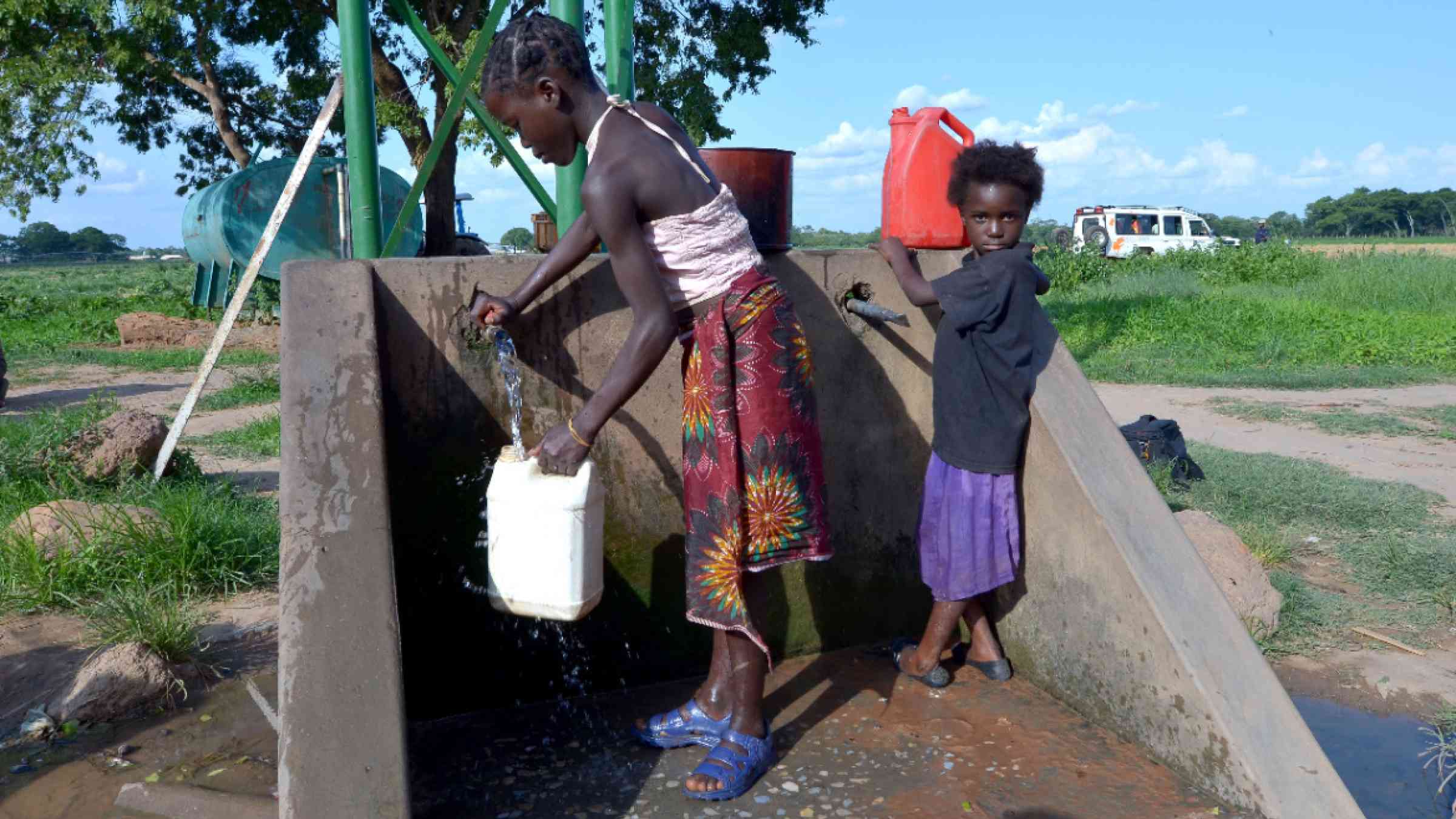Please help us improve PreventionWeb by taking this brief survey. Your input will allow us to better serve the needs of the DRR community.
Triple threat

How disease, climate risks, and unsafe water, sanitation and hygiene create a deadly combination for children.
Safe water is essential to life itself. Proper sanitation and hygiene prevent the spread of disease and infection, and ensure human dignity. Without these essential services, the most basic needs of children’s lives are unmet.
Globally, 600 million children still lack safely managed drinking water, 1.1 billion lack safely managed sanitation and 689 million lack basic hygiene service,149 million children still face the indignity of practising open defecation and unsafe water, sanitation and hygiene (WASH) is still responsible for the deaths of around 1,000 children under 5 every day.
The challenge of extending WASH services to children in need is further compounded by water scarcity, floods and cyclones – all exacerbated by the climate crisis.
In advance of the 2023 United Nations Water Conference, this Advocacy Spotlight examines the “triple burden” of WASH-related threats facing children at the intersection of access to WASH services, the burden of WASH-related diseases, and climate threats. Through examining the burden of disease from unsafe WASH, we see where the problem is greatest. Through examining access to water and sanitation services, we see where investment is the lowest. Through examining climate threats, we see which countries face the greatest risk to both health and services for children.
Ten countries alone – with a combined population of over 190 million children and all in sub-Saharan Africa – face this triple burden. Around 2 out of 5 deaths from unsafe WASH are concentrated in these countries.
It is estimated that three times the current investment – at least US$114 billion per year – is needed in developing countries to meet the WASH-related SDG targets by 2030. UNICEF is calling on governments and partners to:
- Scale up investment in the sector, including global climate financing.
- Strengthen resilience in the WASH sector and communities.
- Prioritize leaving no one behind.
- Increase effective and accountable coordination and capacities to provide water and sanitation services.
- Implement the UN-Water SDG 6 Global Acceleration Framework and invest in the key accelerators.
The triple burden is defined in this brief as: less than 50 per cent access to at least basic water or sanitation services; within the top 20 countries with the highest burden of deaths attributable to unsafe WASH among children under 5; and within the top 25 per cent of countries facing the highest risk of climate and environmental hazards in UNICEF’s Children’s Climate Risk Index (CCRI).
Explore further
Please note: Content is displayed as last posted by a PreventionWeb community member or editor. The views expressed therein are not necessarily those of UNDRR, PreventionWeb, or its sponsors. See our terms of use
Is this page useful?
Yes No Report an issue on this pageThank you. If you have 2 minutes, we would benefit from additional feedback (link opens in a new window).